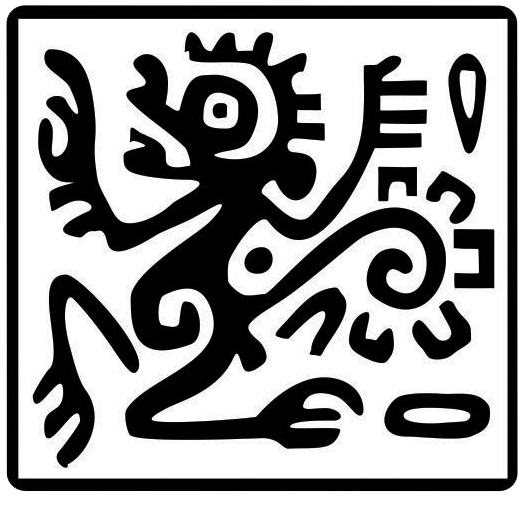First record of the coexistence of two mesocarnivores in the Yucatán Peninsula, México
Abstract
The simultaneous occurrence of two or more species in space and time (coexistence) is the initial condition for interspecific interactions. One example is the little known binomial of Urocyon cinereoargenteus and Spilogale angustifrons. Our objective is to contribute information on the coexistence of these mesocarnivores in Komchén de los Pájaros, in the north of Yucatán, an area covered by low deciduous tropical forest. We placed eight camera traps from 23 December 2019 to 20 June 2020 in eight sampling stations. We depicted the daily activity patterns using an hourly circular diagram based on the frequency of camera-trap records. We obtained 68 camera-trap records with a sampling effort of 4,320 trap-hours over 180 days, with three corresponding to the coexistence of U. cinereoargenteus and S. angustifrons. The activity of U. cinereoargenteus occurred all day during the dry season. The relative abundance index of the coexistence of S. angustifrons and U. cinereoargenteus was 0.7 and for U. cinereoargenteus alone was 15.74. We recorded the synchronized activity of U. cinereoargenteus and S. angustifrons on three occasions. These events occurred at night, early morning hours, and dawn, which confirmed the coexistence of both species in space (low deciduous tropical forest) and time (dry season). The photographic records showed no antagonistic events and the fact that one species followed the other suggests mutualism. We confirmed the coexistence based on the follow-up behavior of U. cinereoargenteus by S. angustifrons, and believe that these two species are mutualist in the dry season and in the low deciduous tropical forest.
Copyright (c) 2021 Therya Notes

This work is licensed under a Creative Commons Attribution-NonCommercial-NoDerivatives 4.0 International License.
THERYA NOTES is based on its open access policy allowing free download of the complete contents of the magazine in digital format. It also authorizes the author to place the article in the format published by the magazine on your personal website, or in an open access repository, distribute copies of the article published in electronic or printed format that the author deems appropriate, and reuse part or whole article in own articles or future books, giving the corresponding credits. The Creative Commons CC BY-NC-SD license is used.![]()










